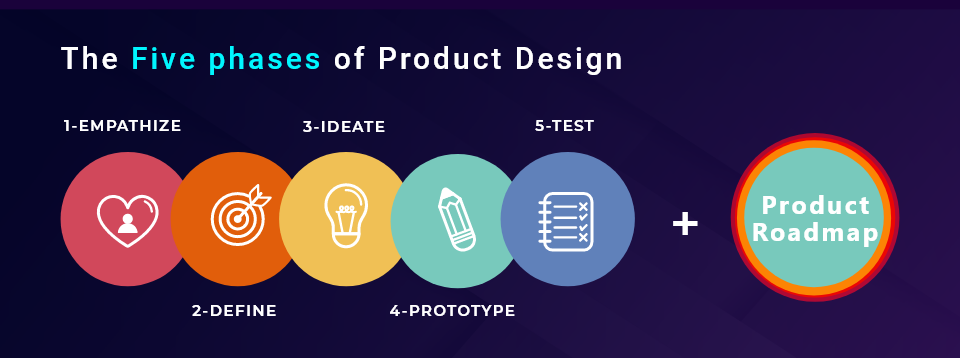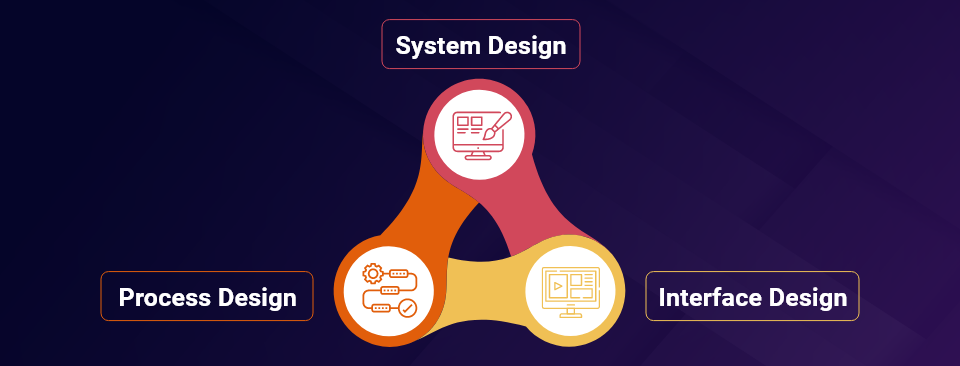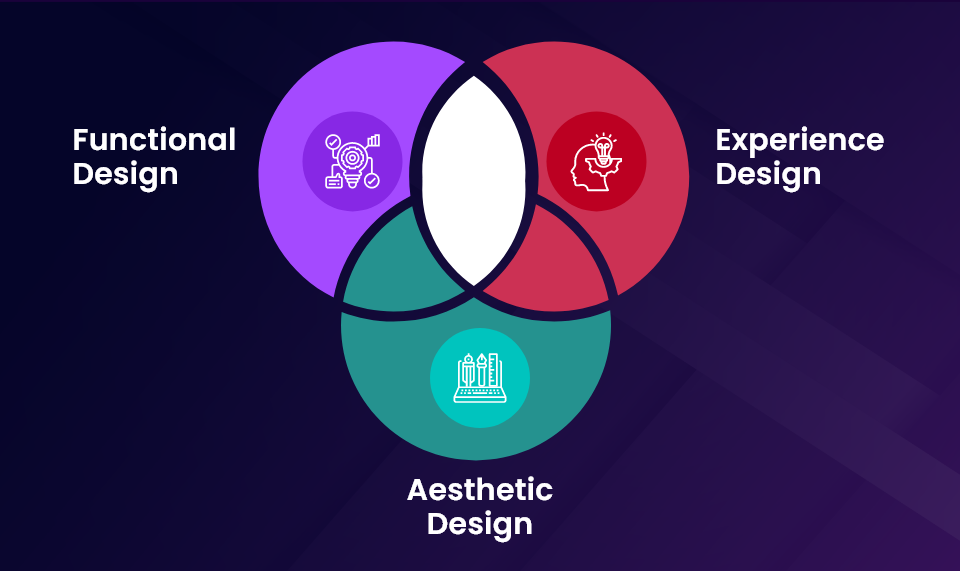What is Product Design Engineering?
In the digital environment, product design engineering is a systematic approach to developing software that is simple, easy to use, and solves a significant problem that potential customers experience.
Product design engineers asks the following questions:
- What problem are we solving?
- Who has this problem?
- What do we want to achieve?
The History of Product Design Engineering
Product design engineering initially catered to industrial product design but later it became an important part of software product engineering. The initial days of hand drawn sketches have been replaced by an extensive use of software tools like journey mapping apps, wireframing apps, graphic design apps, spreadsheets etc. Silo-separated waterfall method of design and development culture have been replaced by Lean or Agile Software development approaches.
The five phases of Product Design
A product designer is present throughout the product development lifecycle. Throughout the course of a project, a product designer will typically advise your design team and stakeholders on return on investment (ROI) and lower-level concerns such as interface element positioning. The product designer’s eye for aspects such as product desirability and value is a critical safeguard in maintaining a brand’s competitiveness. The five phases of product design are:

Empathize with your users
The planning of a successful product starts with being able to understand the user. Empathizing with users will let you know if the product addresses some key expectations of the target audience and what is needed to make it market fit. User research can be done through
- User interviews
- Online surveys
- Contextual inquiry
- Market research
Define the problem
After gaining insights from users the product design team comes up with a problem statement definition. With this they try to turn problems into opportunities. The problem statement helps to understand the core goal of the design project and a clear objective to work towards it.
Ideate
Once everyone in the design team has grasped the main goals of the project from the problem statement definition, it is time to brainstorm. This is an important trust building step among design team members. Ideation focuses on collecting ideas about various aspects of the product.
Competitor research is done to find out what can be taken from the existing market. Often inspirations are drawn from similar existing products.
Ideation also involves User journey mapping. This is a series of steps that represent what the user must go through in order to accomplish the goal.

Prototype
Once the solution has been validated it enters the prototyping stage. Prototyping can be done with the help of tools such as Figma, Sketch, Invision, or Adobe XD.
Test
Testing helps to collect user feedback. Usability testing is an important process before a prototype is shipped which offers a lot of learnings to the development team. Some of the popular usability testing methods include moderated usability testing, unmoderated usability testing, guerilla testing, dog-fooding etc.
Three Elements of Product Design

System Design
System design involves taking a high-level view of the problem that a product intends to solve. For instance, if the aim is to develop a laundry service app, the first step would be to consider the problem that the app intends to solve such as a lack of time to do household chores. Once the problem is identified, the focus would shift to developing a product that addresses the problem and meets market needs.
Process Design
The goal of process design is to determine the steps that end-users must take to fulfill an order or reach their desired outcome. This involves finding a balance between customers’ needs and business objectives. For instance, when designing a checkout process for a laundry app, it’s essential to include upselling options such as express services and ironing services. However, it’s also important to feature these options without risking cart abandonments. By prioritizing process design and striking the right balance, you can improve the user experience, increase sales, and achieve business objectives.
Interface Design
Interface design is the stage where the details are fleshed out. After system and process design have been figured out, the focus shifts towards creating an interface that is not only visually appealing but also user-friendly and engaging. It’s essential to ensure that the interface is attractive and easy to navigate to keep customers coming back. By prioritizing interface design, you can create a positive user experience that will help to drive business success.
Benefits of Product Design in Software Development
Product design is necessary in software development to create a subsequent plan. By having a product design plan in place, we can achieve several benefits, including:
- Ensuring the proper approach to constructing UX/UI and developing identity.
- Eliminating unnecessary functionality and prioritizing features to increase the benefits of the product while optimizing costs for creation and maintenance.
- More accurately estimating the cost and time required for development.
- Creating a technical specification, planning the architecture, and selecting suitable technologies that consider the product’s future development plans.
Conclusion
Product design engineering is an integral part of the development process of any digital product. It helps to understand the client’s need and sync it with market expectations to come up with a design plan which streamlines the development process.

